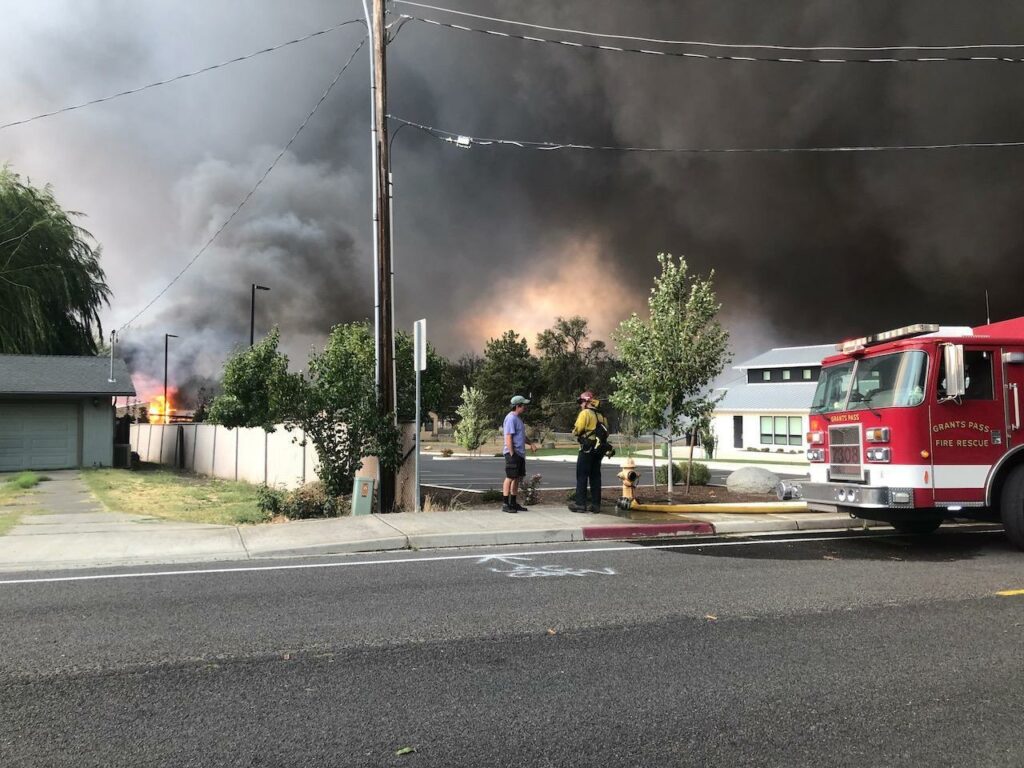
Photo credit: Jasmin Lama
Hello, I’m Jasmin Lama. I just finished my summer internship at Southern Oregon’s Research and Extension Center in Jackson County. I can genuinely say that it was one of the best experiences of my life. I learned so much about plant pathology, along with making unforgettable memories.
Focusing on my projects was one of the aspects of my internship that I enjoyed the most. As I mentioned in my last blog, my major project was to identify the cause of why pear trees in a Southern Oregon orchard were dying. Preparing and plating these pear tree samples took many hours of dedicated hard work. After observing them for 2 weeks, I concluded that Diaporthe eres was the causal agent. I researched this species extensively and worked hard on the lab report I submitted after my internship. For about 2 weeks, I participated in processing hundreds of frozen samples for our lab. This took up most of my days, but I gained new skills and had much fun. It gave me a great sense of accomplishment once I finished. Participating in pear shoot blight measurements was also a highlight of my internship. Observing the hemp plants for my hemp management project was also a big part of my internship. Watching them prosper, consistently watering and giving them their designated treatment was one of my favorite parts this summer.
This was an incredible experience. I want to thank the amazing mentors who made it all possible. Anupa Gaire, Joseph DeShields, and especially Achala KC, my supervisor, were like walking encyclopedias of plant pathology knowledge. They helped me learn way more than I ever thought was possible. I am so grateful for their support in the plant pathology lab.
Presently, I have transitioned into my junior year of high school. This experience has enriched my understanding and left a lasting mark personally and intellectually. Monthly meetings provided insight into the ongoing projects of my mentors, amplifying my appreciation for the field. Field trips and meeting new people from all over the county added depth to my experience. However, the most memorable experience was our road trip to Woodhall Vineyards just outside of Corvallis. It was an incredible experience being able to work in such a large vineyard and I will never forget it.
Approaching this new academic year, I’ve gotten tanner thanks to all the sunshine. More importantly, I’m grateful for the knowledge I gained from this internship. I hope to return soon. It was an amazing experience that I will cherish forever. I am excited to use the skills and knowledge I gained to positively impact the future.














